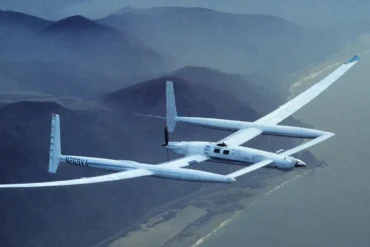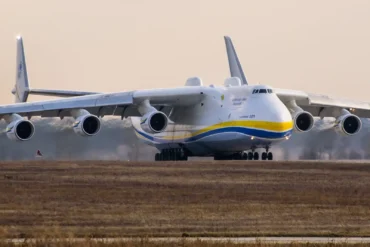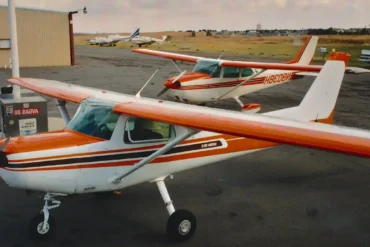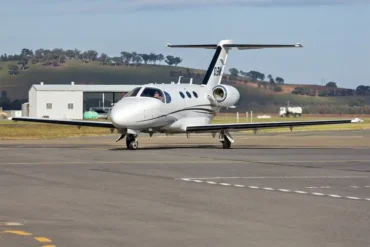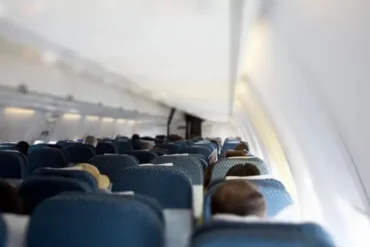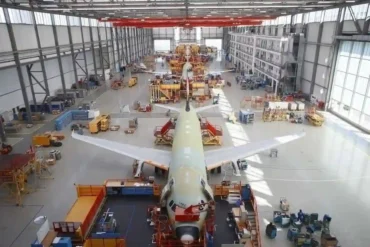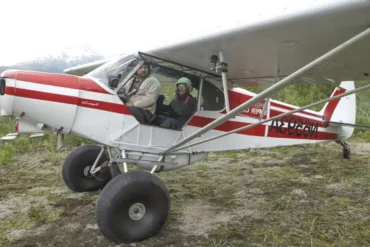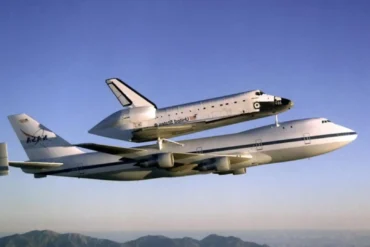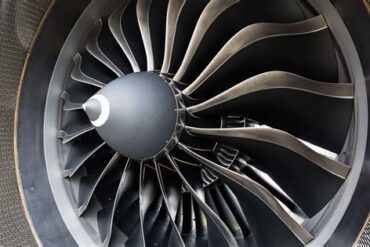Similar to the restoration of valuable artworks, historic aircraft demand meticulous attention and care.
The restoration of historic aircraft serves as an important means to safeguard aviation history and cultivate an appreciation for the industry among younger generations. However, undertaking such restoration projects entails big commitment, hard labor, and financial investment to ensure the perpetual vibrancy of the past.
The process of restoring and preserving antique aircraft is a nuanced endeavor, employing specific techniques that have evolved steadily over the years. What are the critical facets of this tricky process, and who takes on the responsibility of restoring historic aircraft?
Prioritizing Authenticity is Paramount
The restoration of historic aircraft encompasses comprehensive work on the entire plane. The extent of restoration varies based on factors such as the aircraft’s age, degree of deterioration, intended exhibit in a museum, or the ambition to restore it to airworthy condition.
Typically, aircraft restoration unfolds as a collaborative effort, guided by the curator, lead specialist, and conservator who collectively determine the necessary treatment for the aircraft. Antique aircraft restoration manifests in diverse forms, including:
- Conservation Stabilization: Safeguarding the aircraft from further loss or damage
- Preservation: Maintaining the aircraft in its original, unaltered condition
- Minimal Restoration: Addressing essential structural, mechanical, and cosmetic needs
- Significant Restoration: Undertaking extensive structural and mechanical repairs with minor cosmetic work
- Period-Specific Restoration: Restoring the aircraft to represent a specific historical era
- Restoration to Production Specifications: Returning the aircraft to its original factory design
It’s noteworthy that the restoration process doesn’t solely focus on external elements like the fuselage, tail, and wings; it extends to all interior components, including the engine, instruments, flight controls, and other internal systems. The restoration unfolds in a series of steps for each aircraft component:
- Disassembly and removal of the specific component
- Cleaning the part by removing paint, primer, and other substances
- Detailed inspection to identify any damage or issues
- Evaluation for an overhaul to ensure airworthiness
- Repairs to address any identified damage
- Application of primer, varnish, or paint to restore the part’s appearance
- Skillful reattachment during the reassembly stage
Regardless of the chosen restoration path and the particular aircraft in the process, the ultimate goal remains constant: preserving authenticity.
Who Undertakes Historic Aircraft Restoration?
Aircraft maintenance and restoring historic aircraft for museum display demand a unique blend of expertise. Not everyone possesses the knowledge of aviation history or the skills of certified/licensed mechanics required for this specialized task.
Interestingly, the US Federal Aviation Administration (FAA) allows members of the public to engage in aircraft restoration projects, provided they meet a crucial condition: working under the supervision of a certified/licensed mechanic.


